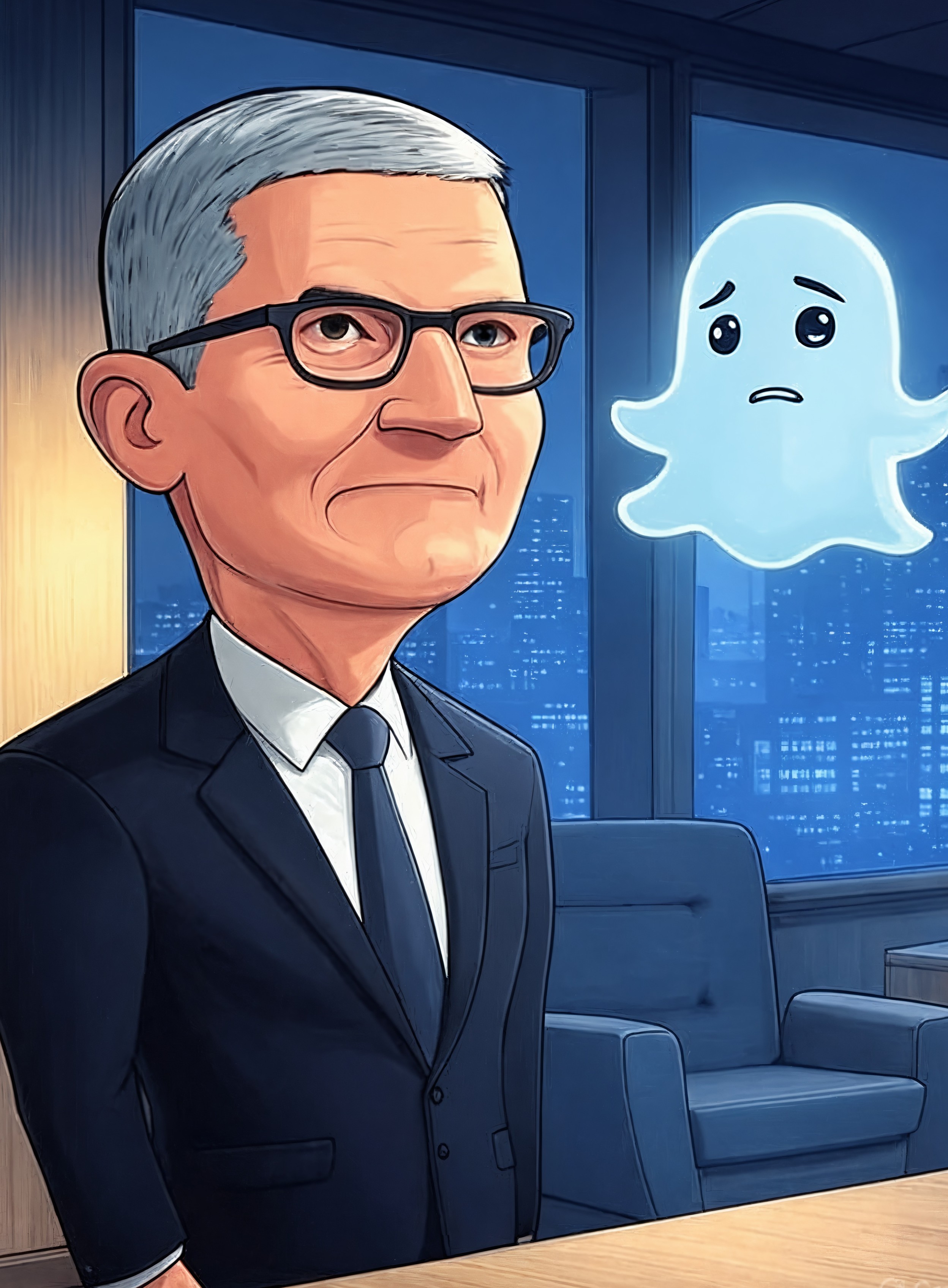
OpenAI's Sora 2 Ushers in AI-Driven Social Media
People often think of social media as a place for sharing personal moments, but what if the content came entirely from machines? OpenAI's recent launch of Sora 2, an advanced video generation model, paired with a new social app, flips that idea on its head. This app, resembling TikTok in its swipe-friendly interface, generates all videos using AI—no user uploads allowed. Limited to 10-second clips, it focuses on quick, synthetic bursts of creativity. Yet beneath the surface lies a deeper shift: a move toward ecosystems where AI handles creation, raising questions about identity, ownership, and the future of online interaction.
The Mechanics of OpenAI's New App
At its core, the app builds on Sora 2's capabilities to produce short videos from text prompts. Users swipe through a feed of AI-generated content, much like scrolling TikTok, but everything originates from the model. This design choice eliminates traditional uploads, sidestepping the mess of moderating user-submitted media. Instead, the app emphasizes generation on demand, turning passive consumption into a collaborative dance between human prompts and machine output.
One standout feature is the identity verification system. Users can opt in to have their likeness incorporated into videos, with notifications alerting them whenever someone else uses it. This adds a layer of transparency absent in many deepfake scenarios. Imagine generating a clip where a verified friend appears in a humorous skit—it's personal yet synthetic. OpenAI launched this in late September 2025, marking a bold entry into short-form video amid TikTok's regulatory woes in the US.
Copyright handling introduces another twist. Rights holders must opt out to prevent their content from appearing in generated videos, rather than the system blocking it proactively. This opt-out model contrasts with platforms like TikTok, which often use filters to catch infringements upfront. Critics argue it places the burden on creators, potentially leading to unauthorized uses before opt-outs occur.
Strategic Moves in a Crowded Market
OpenAI's timing feels deliberate. With TikTok facing ownership uncertainties, especially in the US, this app positions itself as a stable alternative. It creates a closed ecosystem where users stay within OpenAI's orbit, generating and consuming content without jumping platforms. This mirrors how early search engines locked in users by controlling the flow of information—here, it's about controlling the flow of synthetic media.
Experts view this as a hedge against moderation headaches plaguing user-generated platforms. By relying solely on AI, OpenAI reduces variables like hate speech or misinformation from uploads. Yet it introduces new risks: AI hallucinations or biased outputs. The 10-second limit, shorter than TikTok's 10-minute cap, encourages bite-sized engagement, aligning with trends showing short-form video dominating attention spans. TikTok itself boasts over 2 billion downloads by mid-2025, underscoring the market's scale.
From a business perspective, this launch diversifies OpenAI beyond tools like ChatGPT. It's about building communities around AI, much like how startups in the 2000s pivoted from software to platforms. Analysts predict AI-generated content will grow at a compound annual rate exceeding 30% by 2027, fueled by generative advances and demand for fresh experiences. OpenAI aims to capture that wave, targeting Gen Z and Millennials drawn to novelty.
Ethical and Privacy Implications
Navigating Identity in an AI World
The identity verification tool is innovative, but it opens doors to ethical dilemmas. Allowing likenesses in videos with notifications promotes consent, yet misuse remains a concern. Deepfakes have already stirred debates on authenticity—what happens when a verified face appears in unintended contexts? This system could set precedents for digital identity rights, emphasizing user control over algorithmic representations.
Privacy experts caution about data implications. Verifying identities likely involves collecting biometric data, raising questions about storage and security. In a landscape where AI personalization thrives, balancing innovation with protection becomes crucial. The notification feature helps, but it assumes users monitor alerts diligently, which isn't always practical.
Copyright Controversies and Legal Horizons
The opt-out copyright approach has sparked debate. Copyright specialists warn it might invite lawsuits if protected material slips through before opt-outs. Unlike proactive systems on Meta's Reels or YouTube Shorts, this reactive method shifts responsibility. It reflects a broader tension in AI: training models on vast datasets often includes copyrighted works, blurring lines between inspiration and infringement.
Industry trends suggest evolving legal frameworks. As AI-generated platforms proliferate, cases from Sora 2 could influence policies on synthetic media. Regulators and digital rights groups are watching closely, pushing for standards that protect creators without stifling innovation.
Broader Industry Trends and Competitor Responses
This launch fits into a surge of AI-driven social experiments. Meta and Google are ramping up generative features in Reels and YouTube Shorts, while startups like Runway ML and Synthesia offer competing video tools. Anthropic and DeepMind advance similar models, hinting at a future where AI dominates content creation.
The shift from user-generated to AI-generated reduces barriers to entry—anyone can "create" without skills or equipment. This democratizes media, but it also risks homogenizing content if models draw from similar training data. Engagement metrics will tell the story; early signs point to high curiosity among younger demographics seeking interactive novelty.
Future Predictions and Recommendations
Looking ahead, success could lead OpenAI to expand beyond 10-second clips, perhaps integrating longer formats or real-time interactions. Imagine collaborative AI storytelling where users build narratives together. This might redefine social media, making it less about broadcasting life and more about co-creating fantasies.
For competitors, accelerating AI initiatives seems inevitable. ByteDance might enhance TikTok with deeper generative tools to counter this. Recommendations for platforms include adopting hybrid models: blend AI with user content for richer experiences. Policymakers should prioritize consent-based frameworks for likenesses and proactive copyright protections to foster trust.
Predictions point to AI reshaping engagement, with personalization driving retention. If OpenAI's app gains traction, it could influence how we think about authenticity online, pushing toward verified synthetic realities.
Key Takeaways
OpenAI's Sora 2 and its social app mark a pivotal moment, blending AI generation with social features in ways that challenge traditional platforms. The identity system enhances transparency, but ethical hurdles around privacy and copyright persist. As AI content grows, it promises to lower creation barriers while demanding new governance. Ultimately, this innovation invites us to reconsider what makes social media truly social—human input or machine ingenuity?
Comments
Read more

Apple's Hidden AI Weapon and Snapchat's Storage Squeeze
Inside Apple's secret Veritas chatbot testing Siri's future, plus Snapchat's new paid storage plans amid exploding user data hoards.

Streaming Deals and Sports Shifts in 2025
Explore how price hikes and bundles reshape streaming, with DAZN's Amazon integration driving sports innovation and consumer savings.

The 'Papers, Please' Internet Era Begins
UK's mandatory age verification for adult sites signals a shift toward surveillance, raising privacy alarms and global implications.